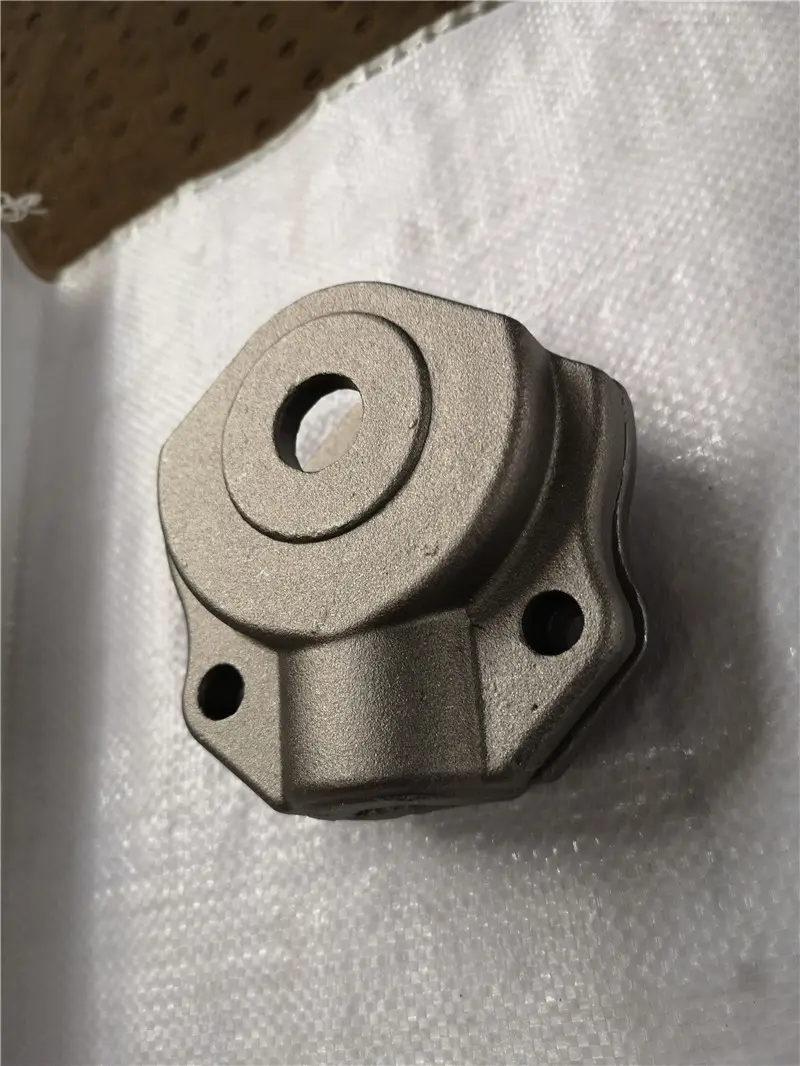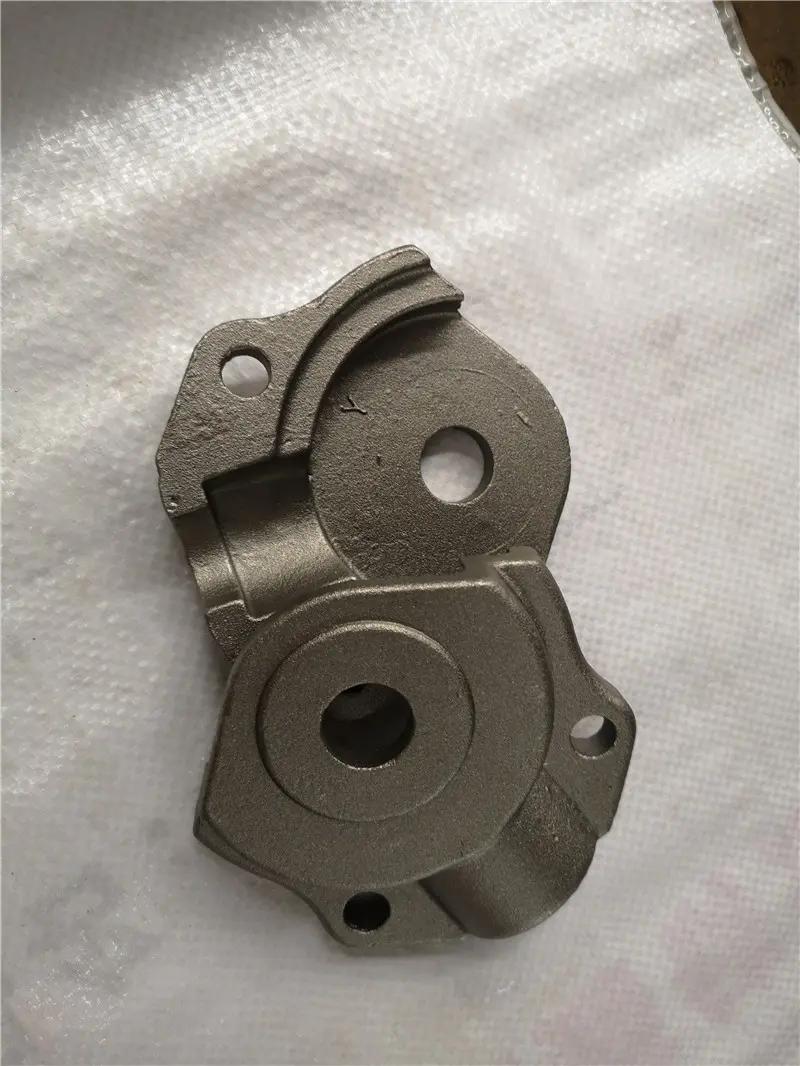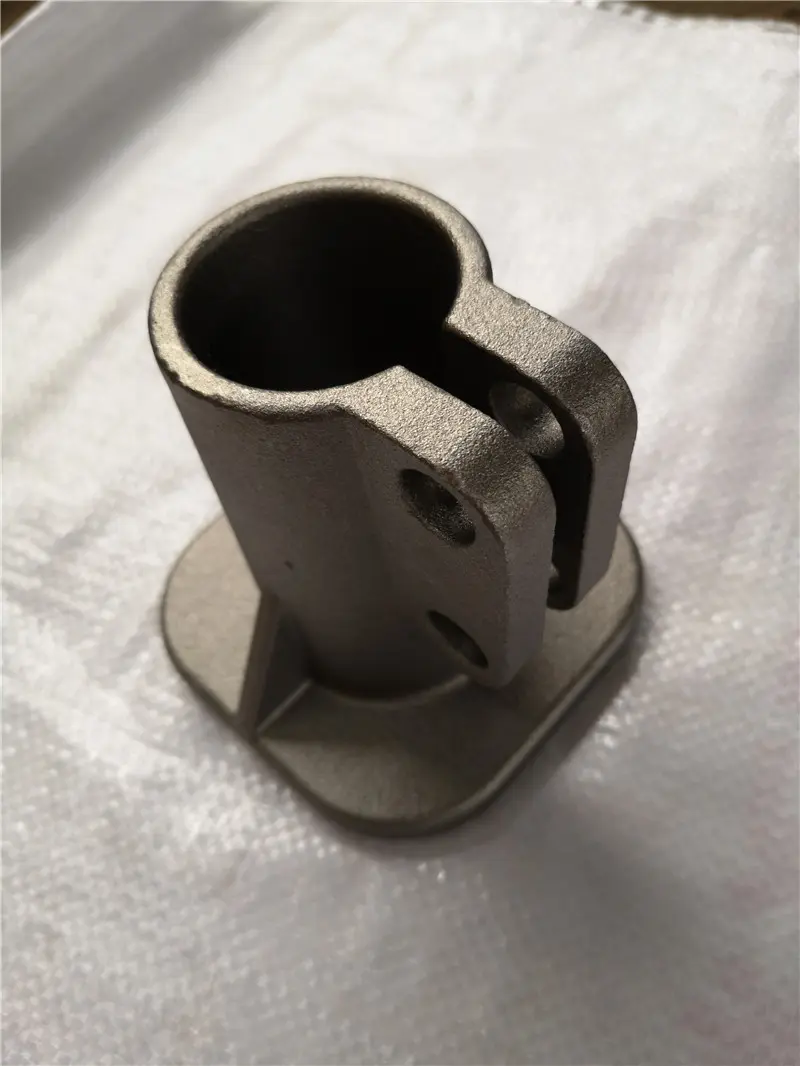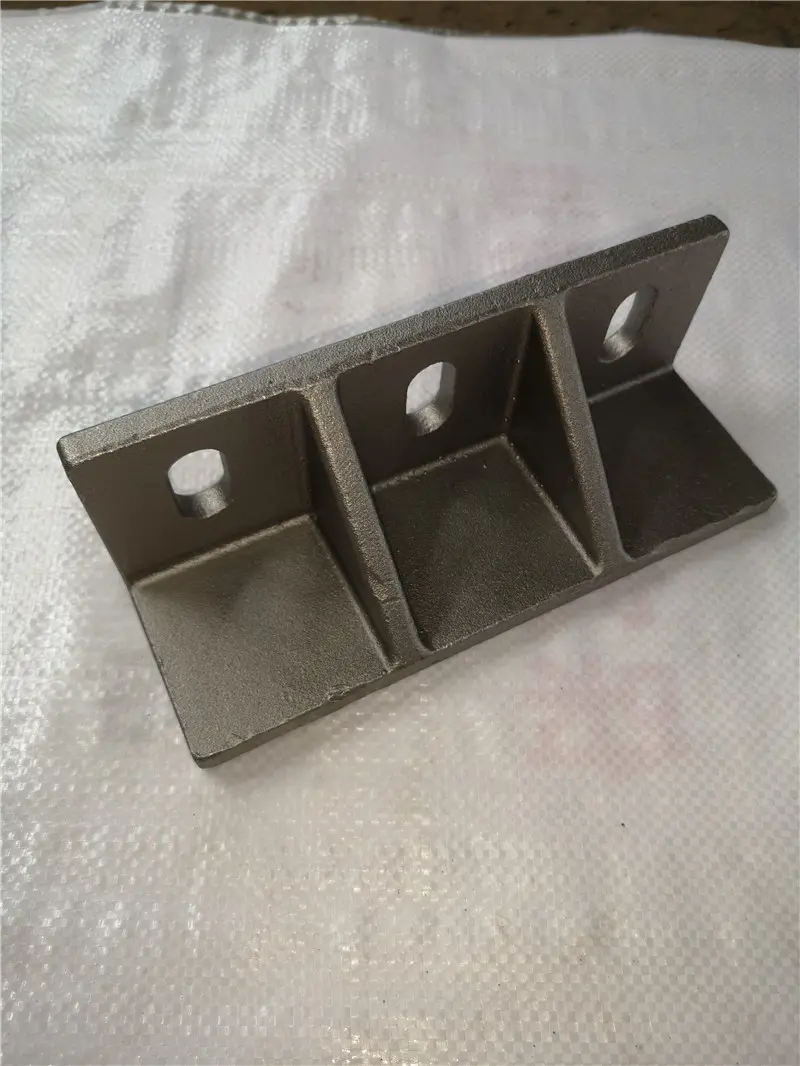Carbon Alloy Steel
Main Products: Power accessories, liner plate, sieve plate, support block, baffle ...
Main Process: Shell mold casting, lost wax casting, sand casting, lost foam casting, centrifugal casting
Application: Biomass/waste to energy, steel roll machine, ball mill, grate kiln, sinter/granulator, mineral process, cone crusher, pellet mill,...
Carbon Steel (Low Alloy Steel)
Low-alloy steel is a type of steel that contains a small amount of alloying elements (less than 5%) such as nickel, chromium, molybdenum, vanadium and others. These elements are added to improve the mechanical properties of the steel such as strength, toughness and wear resistance. Low alloy steels are widely used in structures such as bridges, buildings and pipelines, as well as in the manufacture of machinery and equipment.
Standard and Grade for Carbon Steel
GB 11352 ZG200-400, ZG-230-450, ZG-270-500, ZG310-570, ZG340-640
DIN EN 10293 GE200(1.0420), GE240(1.0446), GE300(1.0558)
JIS G5101 SC 360, SC 410, SC 450, SC 480
ASTM A27 Grade N-1, Grade N-2, Grade U-60-30, Grade 60-30, Grade 65-35, Grade 70-36, Grade 70-40.
The main alloying elements of alloy steel are silicon, manganese, chromium, nickel, molybdenum, tungsten, vanadium, titanium, niobium, zirconium, cobalt, aluminum, copper, boron, rare earths and others.
Vanadium, titanium, niobium, zirconium and other elements are strong carbide-forming elements in steel. In the presence of sufficient carbon under appropriate conditions, they can form their own carbides. When there is a lack of carbon or under high temperature conditions, they go into solid solution in the atomic state; manganese, chromium, tungsten and molybdenum are carbide-forming elements, with some of them going into solid solution in the atomic state and others forming carbides of displacement-type alloys; aluminum, copper, nickel, cobalt, silicon and other elements do not form carbides and usually exist in solid solution in the atomic state.
Divided by the content of alloying elements
1) The total content of alloying elements in low-alloy steel is less than or equal to 5%;
2) The total content of alloying elements in medium alloy steel is between 5% and 10%;
3) The total content of alloying elements in high alloy steel is greater than or equal to 10%;
2. Classification by type of alloying element
There are chromium steel, manganese steel, chromium-manganese steel, chromium-nickel steel, chromium-nickel-molybdenum steel, silicon-manganese-molybdenum-vanadium steel, etc.





